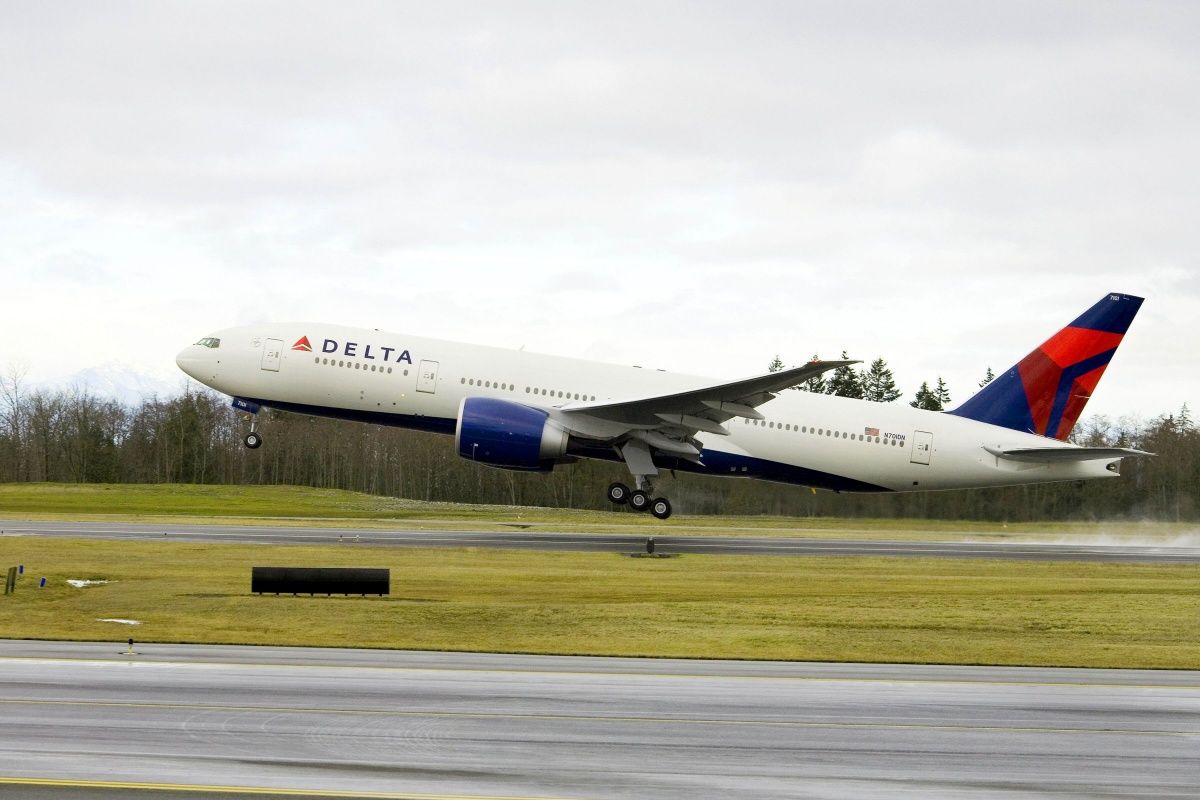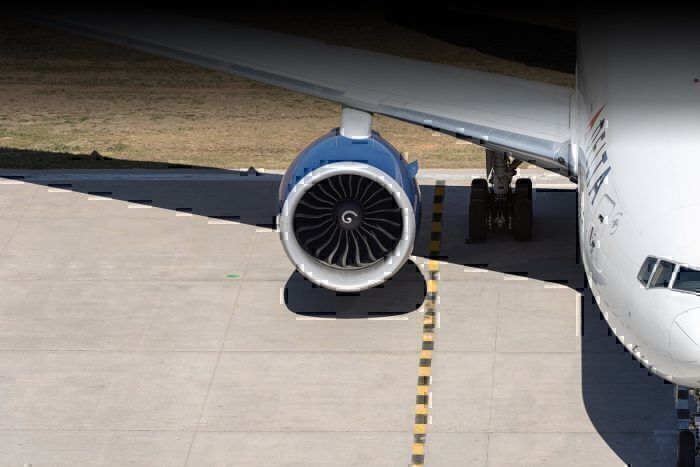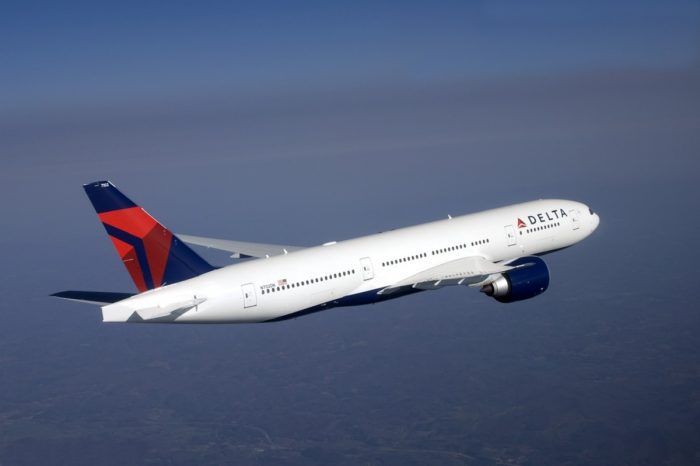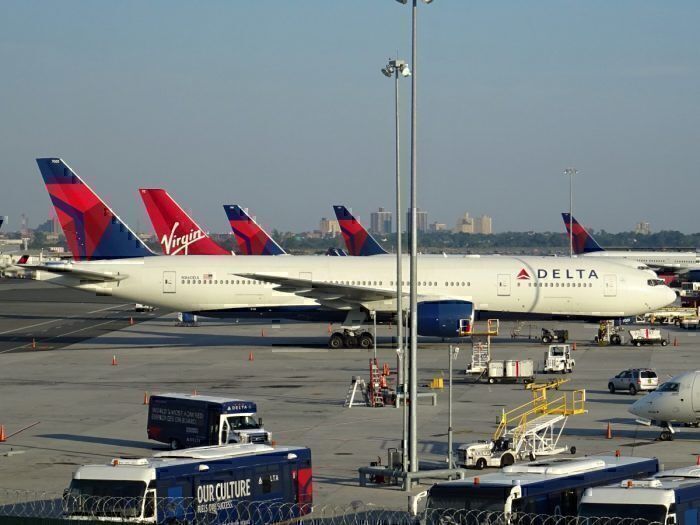Recently, a Delta Air Lines flight made headlines. Flight DL89 from Los Angeles to Shanghai on January 14, 2020, suffered an engine compressor stall and had to return to Los Angeles International Airport. However, during the emergency landing, the pilots dumped fuel over Los Angeles. As a result, a number of children and adults on the ground suffered injuries due to contact with jet fuel.
What happened?
The Aviation Herald reports that the Boeing 777 flying from Los Angles to Shanghai took off from Los Angeles as normal. However, the crew reported that they had to stop the climb at 8000 feet due to a compressor stall on the right-hand engine of the twinjet. Then, the crew requested to return to Los Angeles. This was one incredibly lightly loaded flight with only 167 people onboard the aircraft including 15 crewmembers.
However, as the aircraft returned to Los Angeles, pilots dumped fuel. Unfortunately, that jet fuel rained down over some school playgrounds and caused injuries to a number of people on the ground. While the aircraft landed safely in Los Angeles, the FAA informed that the pilots did not notify the air traffic controller that the aircraft needed to dump fuel.
Delta stated that the airline sent 13 cleaning crews to affected schools to assist in the outside cleanup to avoid additional hazards. Furthermore, a Delta representative was present at a press conference on the incident in Los Angeles. The Los Angeles County Health Department further stated that residual health effects are largely not expected.
What is a fuel dump?
Aircraft have two key weights: the maximum takeoff weight and maximum landing weight. The maximum takeoff weight is higher than the maximum landing weight on the Boeing 777. Landing an aircraft that is too heavy can come with devastating consequences if the gear is unable to handle the additional stress. This then poses a problem when it comes to emergency landings after takeoff. A long-haul flight like this one would need a significant amount of fuel. This would mean that the aircraft is taking off above the maximum landing weight.
So, for the aircraft to return safely, the aircraft has to lose weight. Pilots can reduce the weight of their aircraft by dumping fuel. This is a routine emergency procedure. However, injuries to people on the ground or fuel hitting the ground is an incredibly rare occurrence.
This is because operational procedures generally call for fuel dumps to occur at high altitudes and over unpopulated areas. First, the high altitude allows the fuel to vaporize and disperse before it hits the ground. Second, then, in case that the fuel does not disperse before hitting the ground, this limits the impact to bystanders on the ground.
What is happening now?
CNN reports that four teachers impacted by the fuel dump are now suing Delta Air Lines for negligence. Upwards of 60 people ranging from children to adults on the ground across a number of schools were treated after coming in contact with the jet fuel. Most people reported irritation and burning sensations on their eyes and skin.
Overall
An investigation is still ongoing into this Delta Air Lines Boeing 777 fuel dump. Incidents like this one are incredibly rare since there are a number of operating procedures to safely dump fuel. A thorough investigation will reveal what went wrong and led to this incident.
Thankfully, it appears that long-term health effects are not expected as a result of this incident. And, just like every other major aviation incident, hopefully, flying can become a little safer not just for those in the air, but even those on the ground.
Were you onboard this flight? Did this Delta 777 fuel dump impact you? Let us know in the comments!




